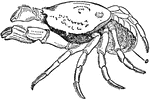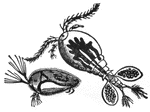Clipart tagged: ‘crustaceans’

Amphipoda
An order of sessile-eyed malacostracan crustaceans, with feet directed partly forwards and partly backwards.…
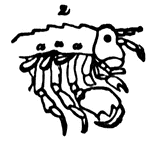
Amphipoda
An order of sessile-eyed malacostracan crustaceans, with feet directed partly forwards and partly backwards.…
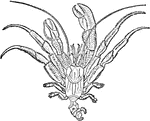
Hermit Crab
Hermit crabs are decapod crustaceans of the superfamily Paguroidea. They are not closely related to…
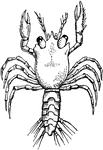
Shore Crab
Carcinus maenas is a common littoral crab, and an important invasive species. It is listed among the…

Crustacea
Types of the Lower Crustacea. 1, Balanus; 2, Cytherea lutea; 3, Dapania pulex; 4, Lepus anatifera; 5,…
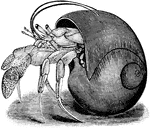
Hermit Crab
This hermit crab (Eupagurus bernhardus) is in the shell of the northern moon snail (Lunatia heros).
